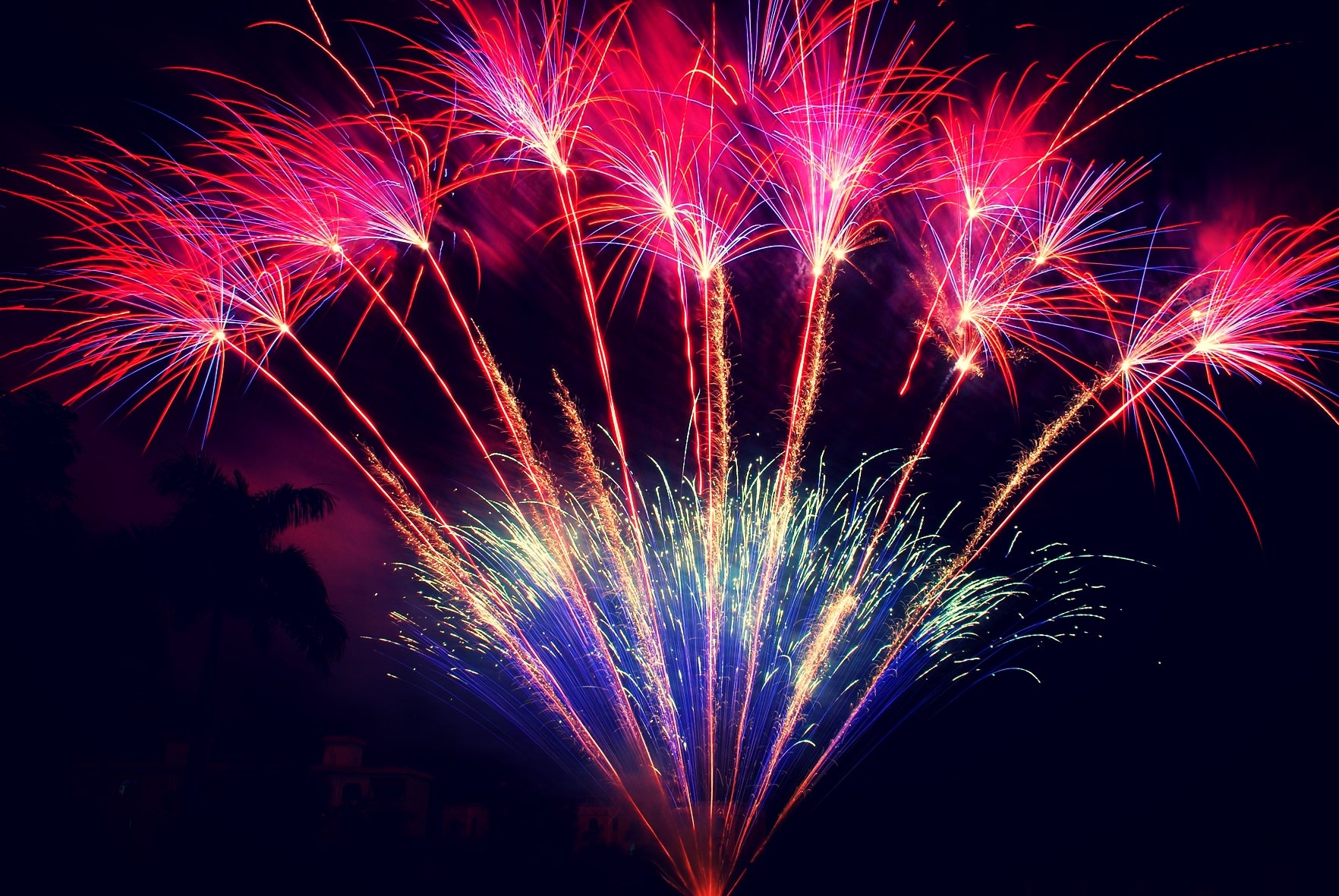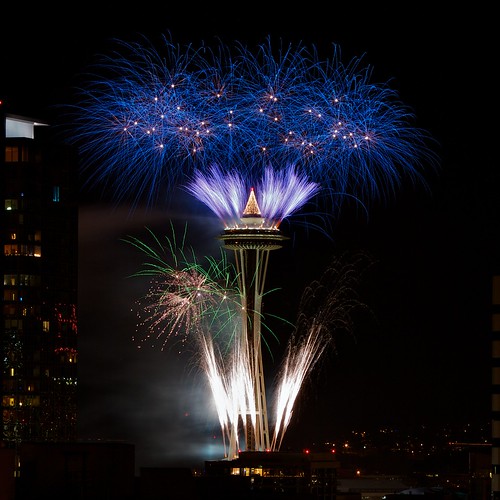
THE MAGIC BEHIND FIREWORK COLOURS: A PYROTECHNIC PALETTE
Fireworks have a special place in our hearts, lighting up the night sky with their vivid and mesmerizing colours, but have you ever wondered how these brilliant hues come to life? Let's read on into the art of pyrotechnics to discover the science and creativity behind firework colours.
When it comes to fireworks, colour is everything. These dazzling displays owe their spectrum of colours to carefully chosen chemical compounds, the pyrotechnicians are like artists, selecting ingredients that will produce the desired hues when ignited. One of the classics in the pyrotechnic arsenal is red, strontium compounds, such as strontium carbonate, are responsible for the vibrant red hues in fireworks. When heated, strontium releases energy in the form of red light, creating those iconic scarlet bursts in the night sky. 
Blue fireworks, often stealing the show with their cool, calming presence, owe their colour to copper compounds like copper chloride or copper sulphate, the heat of the explosion causes copper atoms to emit blue light as they return to their normal energy state.
Green fireworks get their colour from barium compounds, such as barium chloride or barium nitrate, once again when barium atoms are energized by the explosion's heat, they produce green light, adding a touch of natural beauty to the fireworks display.
Creating the perfect fireworks display is all about mixing and timing, Pyrotechnicians carefully blend various chemical compounds to achieve the desired colours and effects. For example, combining strontium and copper compounds can produce a stunning purple display, while adding aluminium powder can make fireworks shine with silver and white brilliance.
The Art of Timing - Timing is everything in the world of fireworks. Pyrotechnicians choreograph their firework displays meticulously, setting off different shells at precise moments to create intricate patterns and breathtaking sequences. It's this choreography that turns a night sky into a canvas, painting it with vibrant streaks of colour.
The Chemistry of Colour - In addition to the choice of chemicals, factors like temperature and the presence of oxygen during combustion play crucial roles in the final colour produced. A hotter burn can lead to lighter shades, while cooler temperatures result in deeper colours.
Fireworks are not just a feast for the eyes; they are a symphony of science and art. Pyrotechnicians blend chemicals, harness the power of combustion, and time their creations to perfection to give us the stunning displays we cherish during celebrations.
So, the next time you gaze at the night sky, you'll appreciate the intricate science and artistic craftsmanship behind those beautiful bursts of colour. It's the magic of pyrotechnics that makes every firework show a truly unforgettable experience.
Hopefully this glimpse into the world of firework colours and pyrotechnics sparks your curiosity and appreciation for the artistry and science that go into creating these dazzling firework displays.
